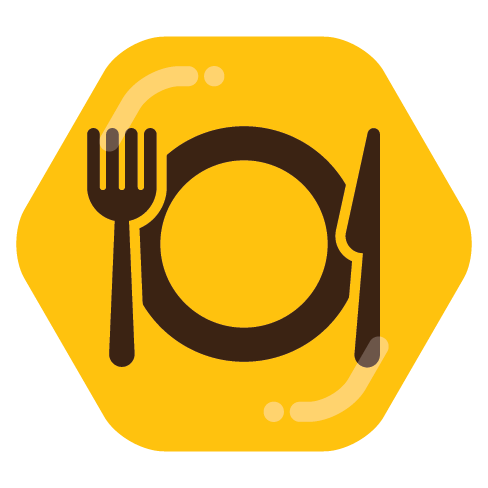Definitely the opposite of “light”, but you mentioned chess and if you’re into something similar but very different, you might try learning #Go together on online-go.com. That site has a very short introduction into the game under the Learn tab, but it only covers the very basics and initially you will have no idea what you’re doing. The rules are simple, but there is a lot of complexity that arises from that and professionals study the game for years. But even as a complete beginner it’s fun. Full on 19x19 games can take a long time, but games on a 9x9 board are fairly quick, comparable to a chess game.
Still, this would be a journey. If you want something not turn-based and relaxing to play while chatting maybe try something else but I can’t give any recommendations.











Sorry to hear that. Though a broken pain must not necessarily mean severe pain. It depends on which bone you break, where and how. You got unlucky there. I had a couple of broken bones, my big toe, my hand and part of my hip (not the joint, but the Illium, which has a purely protective function), and in all those cases the pain was managable without painkillers, as long as I didn’t move the injured body part at least. It was always a closed wound and there was a crack in the xray but the bone had not moved much out of place and never needed an operation. Also adrenaline played a role, I broke my hand at a Judo competition and at first just thought I just bruised, but the paramedid noticed that it moved where it shouldn’t.
With all my traumatic injuries I was consoled by the fact that soon I will arrive in the hospital, will be cared for and the pain will stop.
The worst pains I had were a severe tooth ache and strong migrain attacks. It was worsened by the fact that I didn’t know when the pain will end.